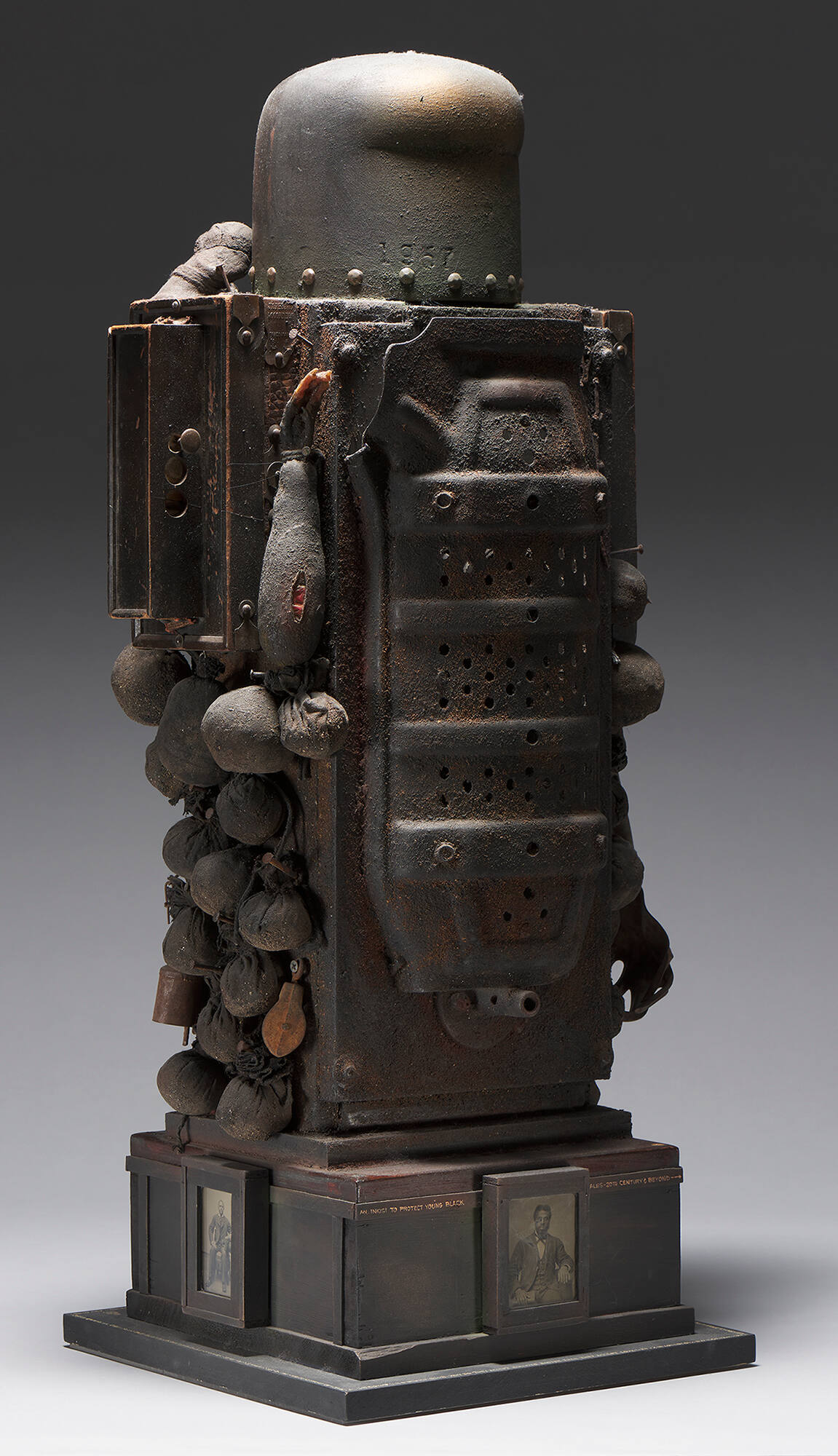
In the first part of this two-part series, I discussed the conservation treatment of Francesco Traini’s Christ Blessing which sought, in part, to identify which passages were painted by the hand of Traini and to return the work to how it would have appeared to the artist. Despite decades of philosophical challenges to the conception of the author, the specter of authorship continues to haunt the practice and theory of conservation. While there are exceptions, the dominant paradigm for conceiving of the work of conservators could be thought of as the conservator as diviner or, perhaps more accurately, medium. We do not go to the museum to see the hand of the conservator but rather to see the product of their possession that brings us allegedly closer to the vision of the artist.
I am not, in any way, arguing that we dispose of artistic intent. The model of conservator as spirit medium, however, obscures the reality that conservation is an interpretive, even creative, act. To hopefully arrive at a model that more accurately captures the various forces that shape conservation, I will consider a contemporary work in the Ackland’s collection that is not currently on display, Renée Stout’s Ogun.
The form that the assemblage takes is based on a genre of objects that were produced by Kongo artists from Central Africa. An nkisi n’kondi figure can be used for protection, as an agent of harm, or for healing purposes. Nkisi n’kondi figures have been known, however, to be volatile. They prescribe behaviors for the ritual specialists who are in contact with them and will act against transgressions in the social order.
Stout’s nkisi n’kondi figure sacralizes the secular temple of the art museum. By activating Ogun through an inscription that protects “young black males,” she draws attention to the vitality of all art objects in museums. After all, does the presence of art objects not prescribe the behavior of museum-goers? Certainly, there are limitations to the ways in which people can engage with objects. Regulations, vitrines, motion sensors, and security guards ensure that, but there is also the prescribed but not enforced solemn shuffle of circumambulation around galleries. The ways that museums handle art objects are prescribed through legal frameworks and accrediting institutions, and, through best practices, art objects also shape the actions of conservationists. The occasional conservation controversy makes clear that art objects place certain taboos upon conservationists, not unlike nkisi n’kondi figures on their ritual specialists.
The dynamism of the materials used to produce art—their ability to interact with other materials and forms of energy—is arguably the core concern of conservation. The risk of undesirable interactions between visitors and art objects is strategically reduced but so is the risk of significant changes to a work of art based on exposure to sunlight, humidity, or any number of other conditions. Ogun centers this vitality through the evocation of an nkisi n’kondi figure, set up to act within the museum itself. The assemblage looks as though it could bear physical evidence of accumulated histories, and the corroded material playfully suggests that it could be a work in need of conservation treatment.
From Stout’s Ogun emerges a paradigm of conservation that exists not just at the anthropocentric intersection of the interpretive acts of the artist and the conservator but that leaves space for the dynamism of materials themselves. Conservation could be said to exist at the nexus of the expectations of viewers, the interpretive acts of artists and museum professionals, and materials that are also changing. Museums shape art, art shapes museums, and art shapes visitors.
A return to a finished vision of an artist is always fleeting if even possible, but this should not be seen as a loss. Perhaps, like the intensified power of an nkisi n’kondi figure with every addition, recognition of the various forces at play in conservation will bring to light the accumulated sources of creativity, allowing for more reflection as to how the choices and chance that altered our conserved remains of the past continue to shape our experience of them in the present.
Michael Baird was the 2022 Joan and Robert Huntley Scholar and is a PhD student in art history at UNC Chapel Hill. He curated the exhibition Beyond Wood: Works from the Collection of Rhonda Morgan Wilkerson ’86 (PhD). His research focuses on art education in Uganda from the colonial period to the present.
Image credit:
Renée Stout, American, born 1958, Ogun, 1995, wood, metal, and other found materials, 34 1/2 x 16 3/4 x 13 1/2 in. (87.6 x 42.6 x 34.3 cm). Ackland Fund, 97.6.1.


